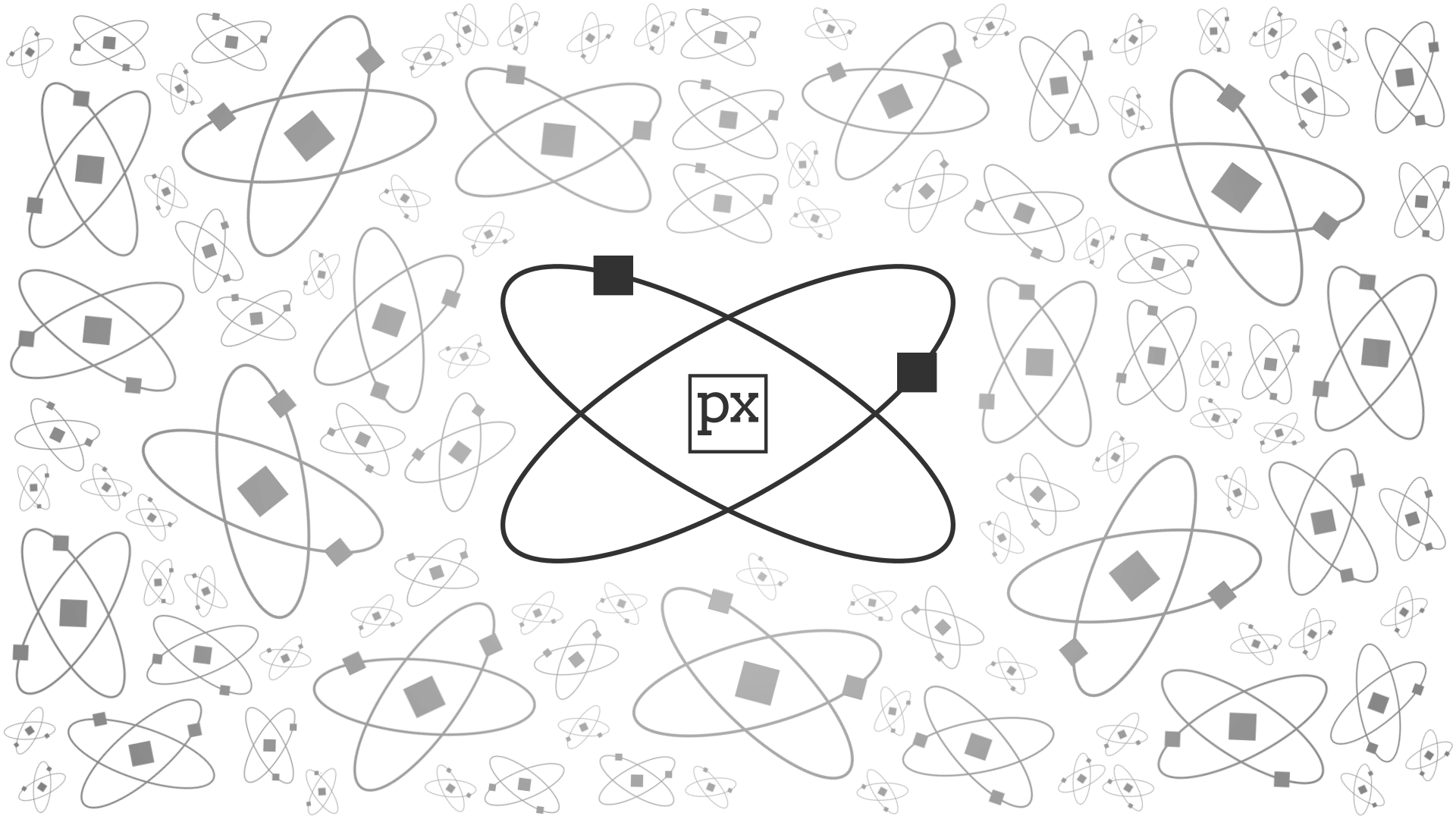RedThunder
Member
I'm trying to find a piece software that can take the EXIF information from a image (particularly co-ordinates) and then overlay this information back on top of the orginal image visually like a date stamp. T
hen go onto save or export.
Anythoughts. My Google-Fu has not worked for a while :-(
hen go onto save or export.
Anythoughts. My Google-Fu has not worked for a while :-(


